Fish with silver scales varying in size from tiny to medium are called herrings. Due to the many health benefits of its fatty acids, they are cultivated or raised for food all over the world.
Similar to sardines, herrings are often smoked and then put whole into cans. However, sardines aren’t the only fish that similar with herring.
Actually, a wide variety of fish species are similar with herring in terms of structure, home range, or nutritional value.
Continue reading to discover 13 fish species that similar with herrings.
1. American Gizzard Shad
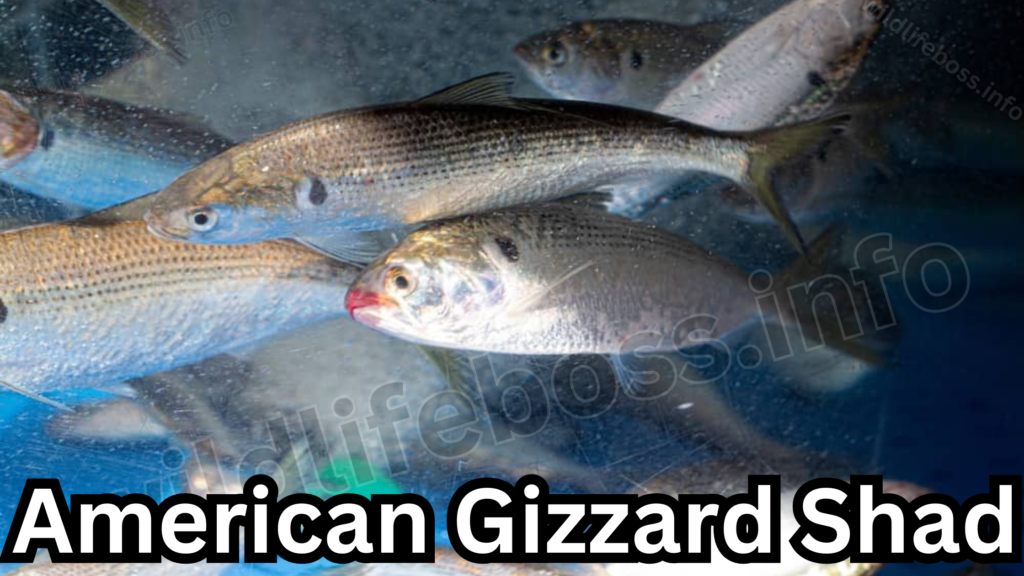
Scientific name: Dorosoma cepedianum
Similarity: There is no lateral line system running through the trunk of American gizzard shads or similar with herrings.
The lateral line is a system of canals used for sensory purposes that runs throughout the body of every fish. It helps in their ability to sense movement in the surrounding water. It is often visible on the fish’s body’s trunk.
However, the lateral line on the stem of members of the Clupeidae family is either absent or hardly discernible. Rather, their lateral line system passes through a small portion of their main body or is restricted to their heads.
Since they belong to the same family, Clupeidae, neither similar with Herring nor American gizzard shads have lateral lines that cross their whole bodies. They also have the same silvery hue, which is typical of clupeids.
2. Atlantic Tarpon
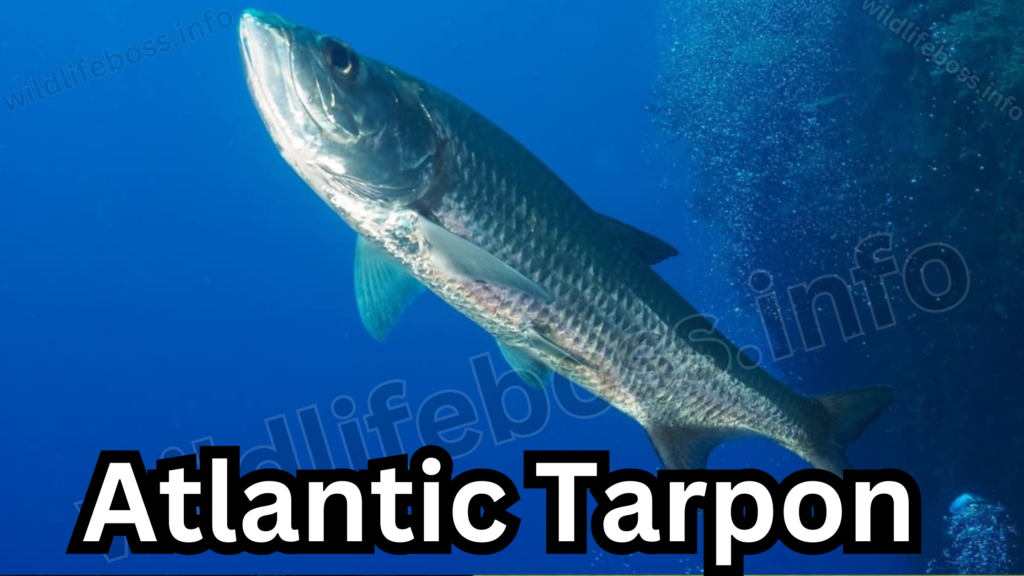
Scientific name: Megalops atlanticus
Similarity: Fishing is done for sport and food, and tarpons and herrings have lengthy bodies covered in silver scales.
Despite not belonging to the Clupeidae family, Atlantic tarpons have several time similar with herring. Their elongated, flat bodies are the cause of this.
They also have the same tint of silver on their scales. Indeed, among game fisherman, the tarpon is known as “the silver king.”
Another similarity between herrings and tarpons is that, albeit for different reasons, they are both popular fish to catch. Around the world, herring is a basic diet, and fishermen may catch millions of them in a single year.
Even though they aren’t regularly eaten, Atlantic tarpons are still frequently caught through fishing. Instead, because of their propensity to lunge out of the water and engage in combat, they are highly valued game fish.
3. Bala Shark
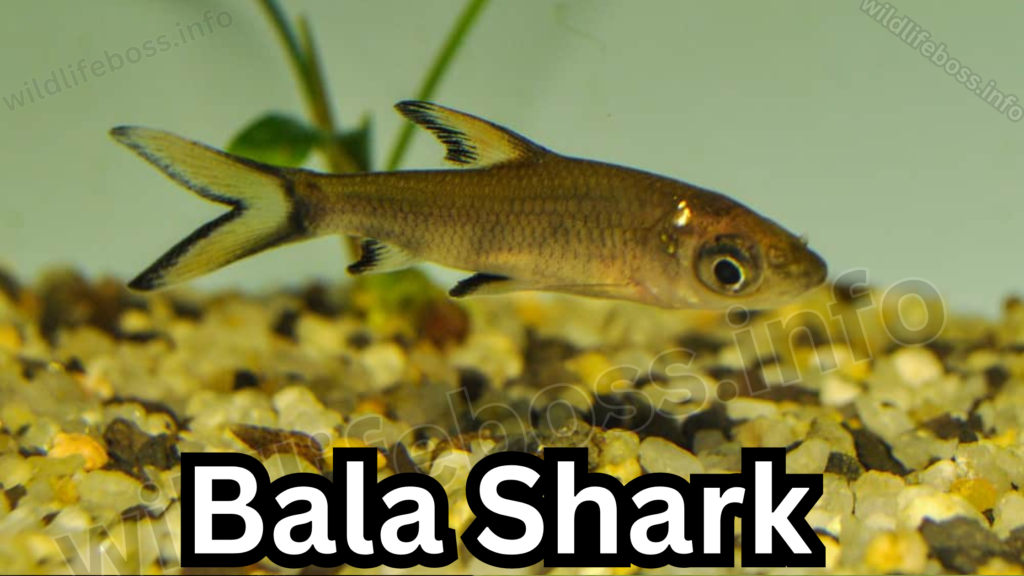
Scientific name: Balantiocheilos melanopterus
Similarity: Because of their appearance and diet, balas are more closely similar with herrings than sharks.
This little freshwater fish’s enormous fins and torpedo-like shape give it the popular name “shark.” On the other hand, bala sharks are Actinopterygians, and sharks are members of the Chondrichthyes class.
This places them in the same class as herrings rather than sharks, but their similarities go far deeper. They are both tiny fish with silver scales.
Average length of large mature herrings is 15 inches (38.1 cm). At its biggest, bala sharks measure between 12 and 13 inches (30-33 cm), making them nearly as big.
4. Blackspotted Pufferfish
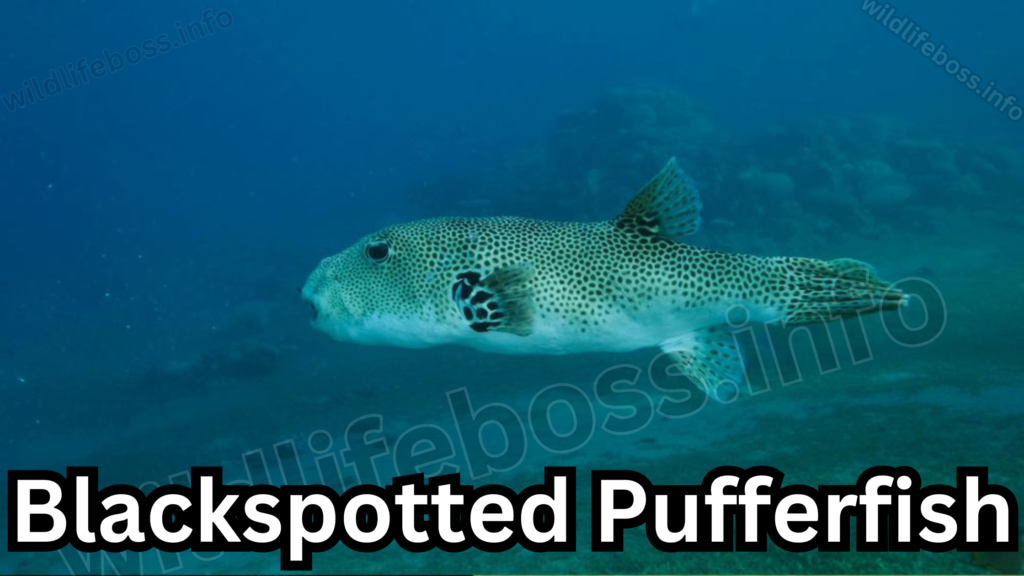
Scientific name: Arothron stellatus
Similarity: The lateral line properties of pufferfish and herring fish are used to grow them for food.
As a clupeid, herrings’ lateral line systems are restricted to the area around their heads rather than throughout their entire body. The blackspotted pufferfish possesses a lateral line system that is unusual in most fish, despite not being a clupeid.
Unlike other fish, pufferfish do not have canals in their system. Rather, a distinct pattern of neuromasts, or sensory cells, is directly applied to their skin. They may also be present in the skin’s exposed grooves.
The ability to be utilized as food is another commonality between the two fish.
However, the fish that similar with herring is a more straightforward food source, whereas pufferfish is a risky delicacy. The majority of pufferfish are exceedingly toxic, and they have a toxin in their flesh that can be fatal.
The preparation of pufferfish is necessary to ensure their safety for consumption, but it is a skill that demands considerable training.
As many as 176 individuals died from eating fugu in 1958, while the number of fatalities has decreased since.
5. Common Creek Chub
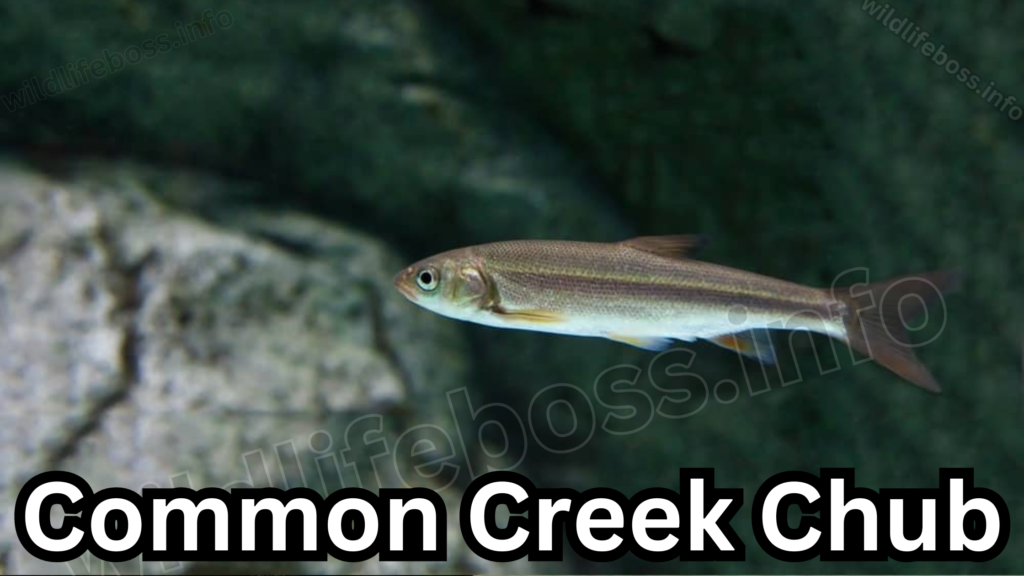
Scientific name: Semotilus atromaculatus
Similarity: Both are tiny, silvery fish that may survive in rivers that contain freshwater.
Chubs and herrings can have a lot of physical similarities despite not belonging to the same family. Both fish are tiny, with scales that have a silvery hue.
Like chubs, several species of fishes that similar with herring have a black area around their head. There’s one at the tail of the common brook chub as well.
Lastly, a variety of herring species may be found in freshwater environments like rivers. Common stream chubs inhabit both slow-moving rivers and tiny creeks.
6. Eurasian Minnow
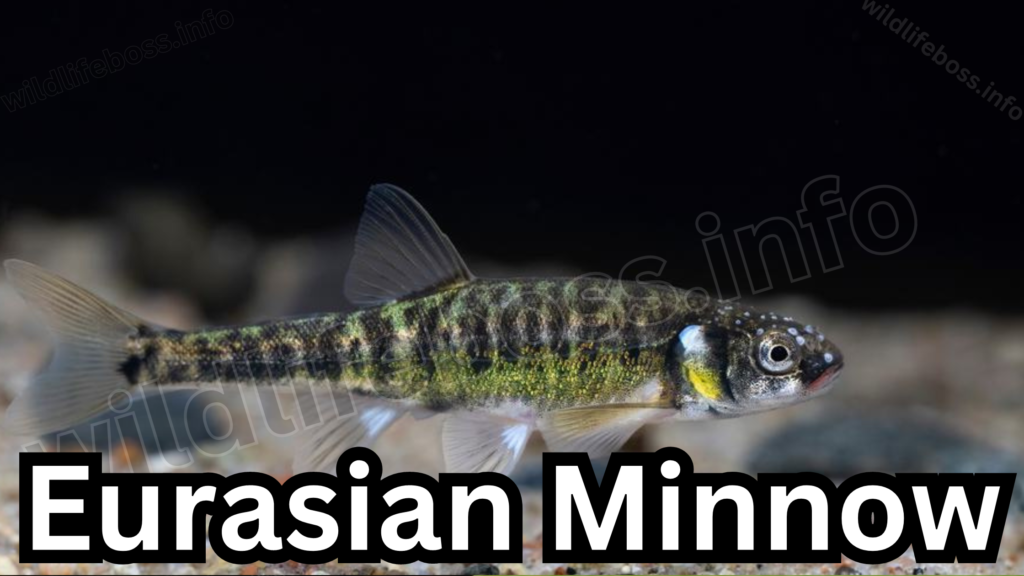
Scientific name: Phoxinus phoxinus
Similarity: Fish that live as forage deliver in large schools, such as minnows and herrings.
Forage fish, also known as bait or prey fish, are tiny fish that are frequently eaten by larger fish. Minnows and herrings are essential to the food webs in bodies of water because they are forage fish and similar with herring.
This is a result of both what and who consumes them. Planktons, which derive their energy from the sun, are frequently consumed by forage fish. Forage fish receive this energy and go on to develop massive schools and shoals.
These draw a lot of predators, who devour the fish and get part of the nutrients and energy from the plankton.
7. European Anchovy
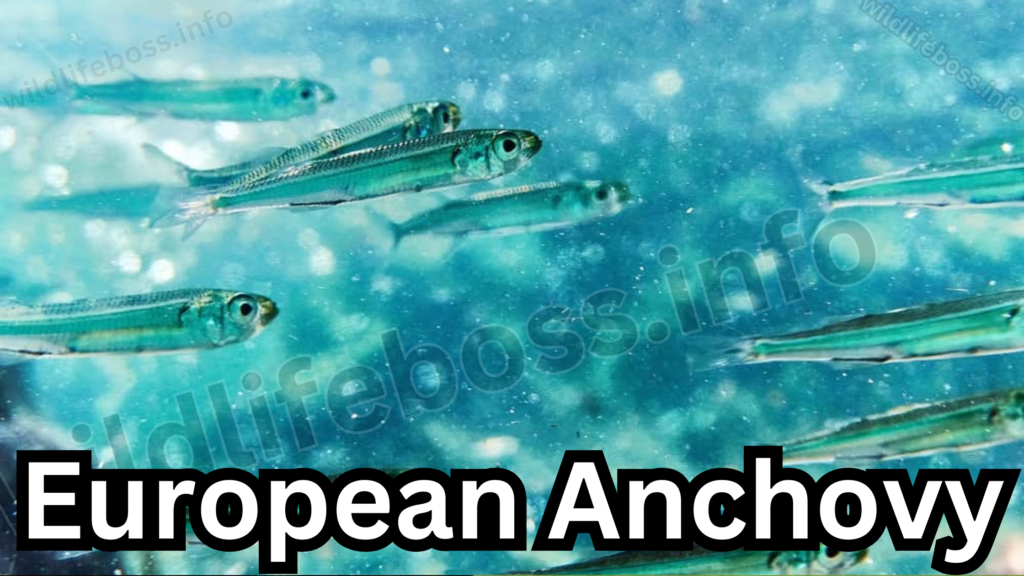
Scientific name: Engraulis encrasicolus
Similarity: Another fish used as fodder that is similar to herrings in size and oiliness in flavor.
Anchovies, which can grow to a length of four to ten inches (10-25 cm), are typically even smaller than herrings. They are another kind of oceanic forage fish with silvery scales.
Anchovies are a common eating habits item worldwide, similar with herring. They supply vital vitamins, fatty acids, and proteins.
High amounts of polyunsaturated fatty acids, found in herring and anchovies, help lower the risk of cardiovascular problems, obesity, and cognitive decline.
8. European Pilchard
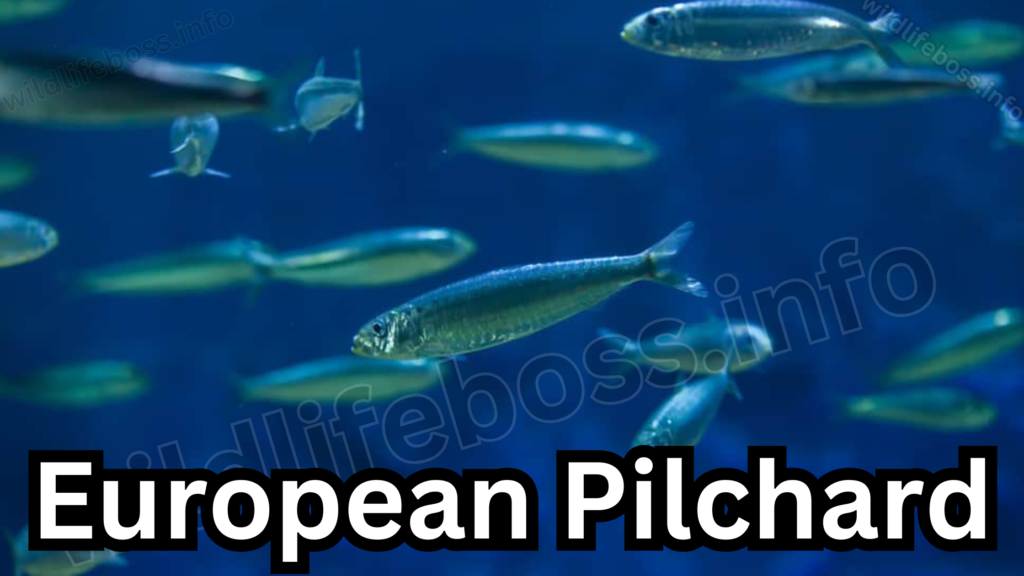
Scientific name: Sardina pilchardus
Similarity: Within the Clupeidae family of fish, pilchards are yet another significant forage species.
Sometimes, the terms “pilchard” and “sardine” are used interchangeably; similarly, “herring” can refer to a number of different fish species. Typically, they are all tiny, aquatic silverfish.
Like herrings, pilchards are forage fish that transfer energy to larger fish through the plankton they consume. Because of the depth of the water, the European pilchard is really a much more significant component of its unique ecology.
The shallow Adriatic Sea is home to European pilchards. Because of this, the food chain is shorter than it would be in other ecosystems, and pilchards provide significantly more energy to the system overall.
9. European Sprat
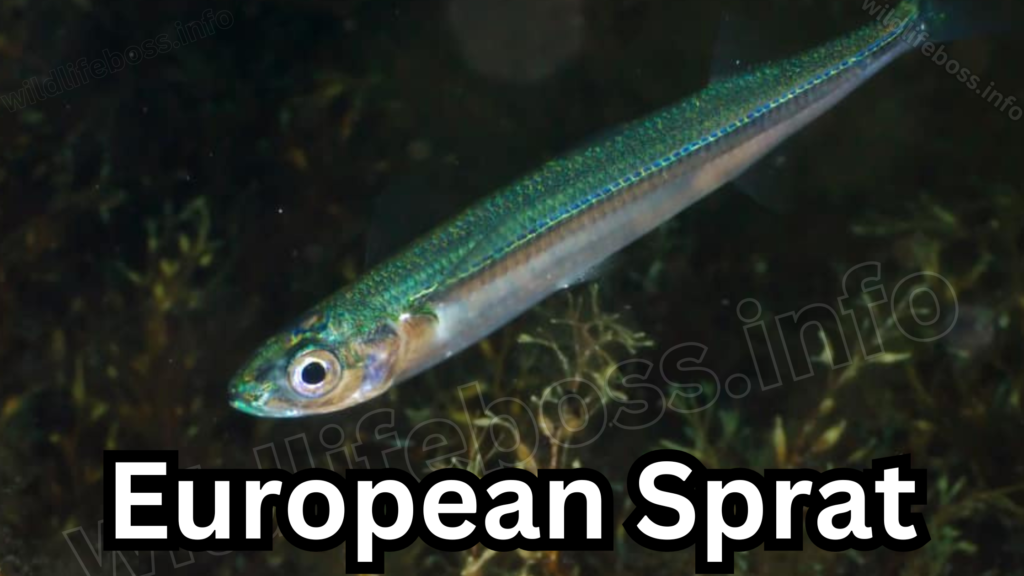
Scientific name: Sprattus sprattus
Similarity: Similar with herring, this silvery, oily fish is also frequently caught for food.
The European sprat is a small fish with an elongated body that usually reaches lengths of three to five inches (eight to twelve cm). Sprats resemble herring in that they have silver scales and a somewhat pronounced lower jaw.
Like herring, European sprats are forage fish that eat plankton in big schools. They are eventually devoured by larger fish, but their sheer quantity also makes fishing for them simple.
Similar with herring, they are taken for fishmeal in addition to being heavy in fat.
10. Milkfish
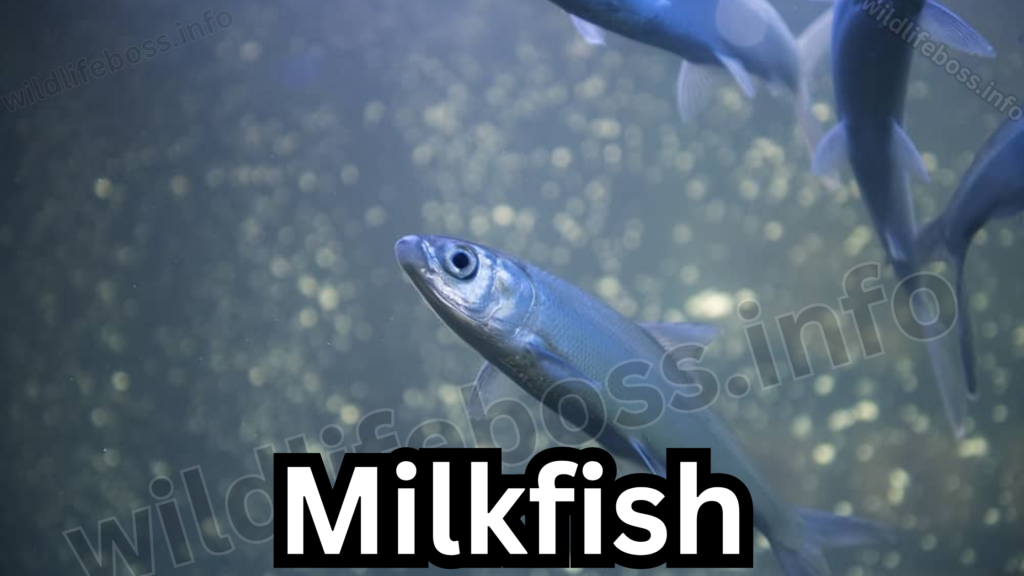
Scientific name: Chanos chanos
Similarity: Similar with herring, milkfish gather in big schools in tropical areas.
Despite belonging to distinct taxonomic groups, the body shapes of milkfish and herring are very similar. These are big fish with silvery scales covering them, and they have no teeth.
A portion of the reason milkfish is not as often consumed as herring is its more skeletal structure. Nonetheless, milkfish are a staple of Taiwanese cooking.
These fish can live in brackish and shallow environments and are frequently seen in tropical waters. Their large egg-laying volume and this attribute make them easier to harvest. Milkfish may lay up to several million eggs in the spring.
Sea also:17 Best Examples Of Animals Like Gophers
11. Pacific Sardine
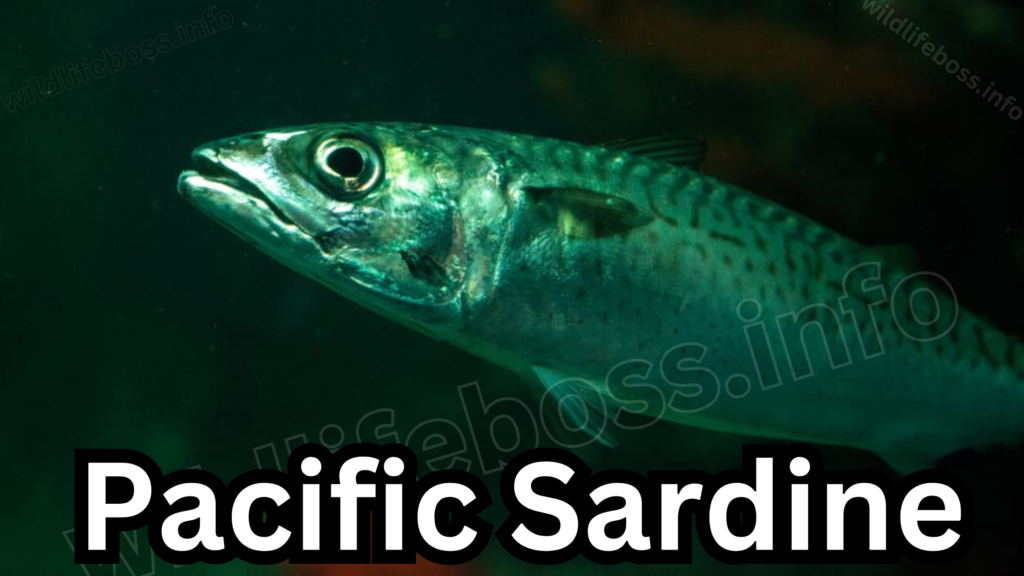
Scientific name: Sardinops sagax
Similarity: The sole species of its genus, this sardine is closely similar with herring herrings in the same subfamily.
Since the names of sardines and herrings are so similar, they are frequently used interchangeably. They may both be extremely tiny—typically less than a foot.
They also share the Clupeidae subfamily, which is part of the same family as ray-finned fish.
The Clupeidae family has numerous genera and several species of sardines. But there is only one species in the Sardinops genus—the Pacific sardine.
This species is also known by the names blue-bait, blue pilchard, and Californian pilchard.
12. Rainbow Shiner
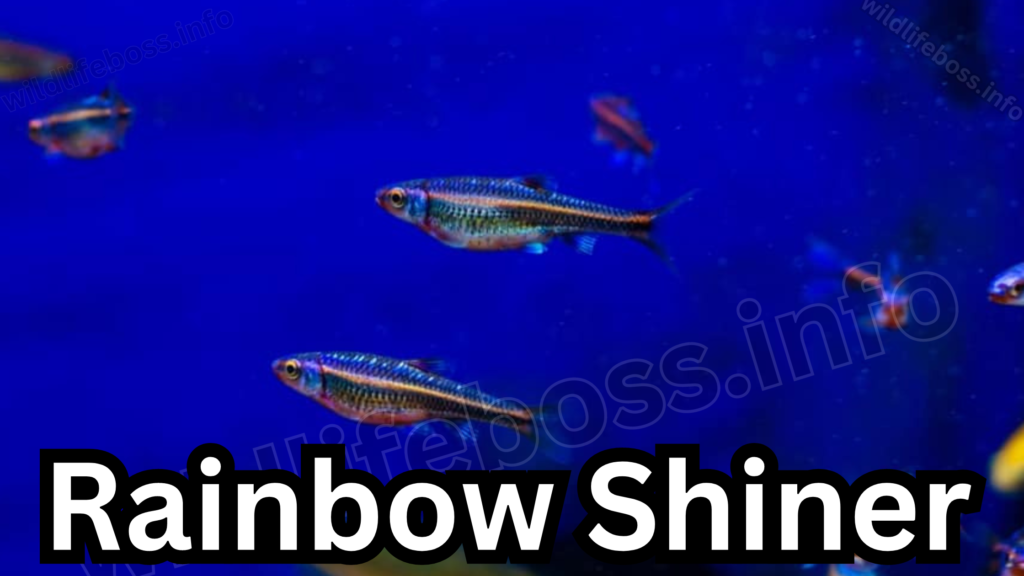
Scientific name: Notropis chrosomus
Similarity: Although rainbow shiners have a brighter color than other herrings, they also eat little plankton.
Both freshwater and saltwater habitats are home of fishes that similar with herring, the majority of which eat plankton in their diets. Their ability to eat plankton contributes to their significance in their environments.
In watery environments, rainbow shiners especially consume plankton. Like many herring species, they are little fish, growing to an average length of 2.4 inches (6.1 cm) as adults.
Nonetheless, it’s simple to tell them apart by sight since rainbow shiners have reddish-translucent scales as opposed to plain silver.
13. White Sardine
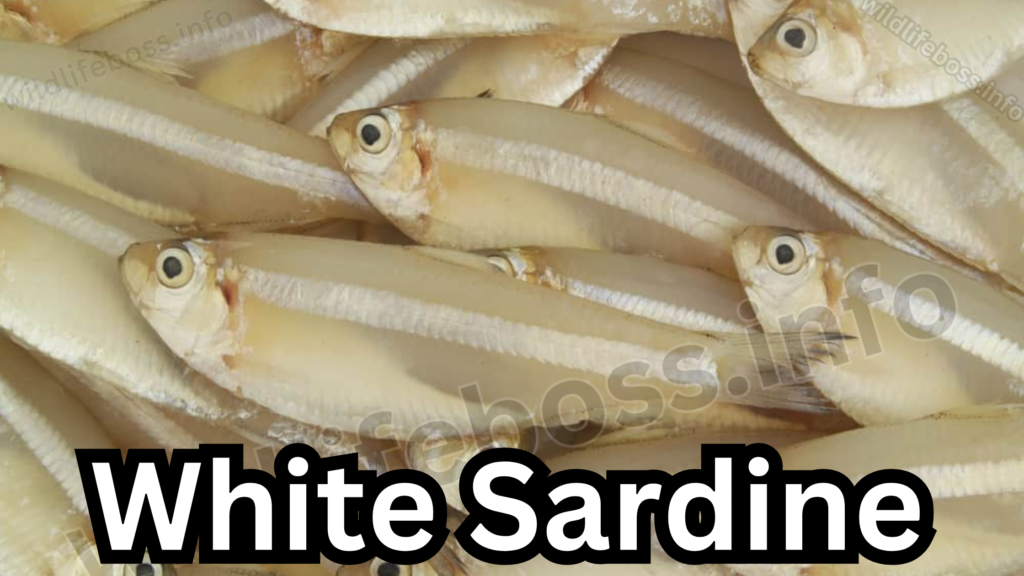
Scientific name: Escualosa thoracata
Similarity: Referred alternatively as a deep or northern herring, this specimen of sardines is squat.
The white sardine serves as an example of how some species may find it challenging to follow naming norms. Among other creatures, the Clupeidae family includes the subfamily and genera of sardines, shads, and herrings.
Because they are so similar, it can be difficult to distinguish between a herring and a sardine at times.
For instance, there are several names for white sardines, such as northern or deep herrings. However, they are not the Clupea genus, which is the “true” form of herring.
Still, it’s a little silvery fish that similar with herrings a lot. Although their bodies are a little bit more robust than those of the elongated herrings, both species are plankton-feeders.
Conclusion:
Herrings are an essential fish for their own habitats as well as for our food source. However, they are not the only fish that are captured and raised for food, or that play a crucial role in the ecosystem.
There are several species that similar with herrings, including sardines and sprats. Some of them are so similar with “herring” is one of the popular names in some areas.
These 13 fish, by whatever name they go by, share a lot in common with different herring species.
Frequently Ask Question(FAQs):
What fish is similar with herring?
Claded under the wider family Clupeidae, which also contains over 200 species related to herring (shads, sardines, and menhadens), are the Clupea species. These fish, which are silver in color, have a single, soft dorsal fin that is spineless. Their lower jaw protrudes, and they lack a lateral line.
Why salmon can similar with herring?
Fish that are comparable to herring, a small, oily fish that is widely available, can be cooked in a number of ways, such as pickling, raw, broiled, grilling, steaming, and frying. It tastes neither mild nor robust like cod or salmon, and it’s much smaller than both of them.

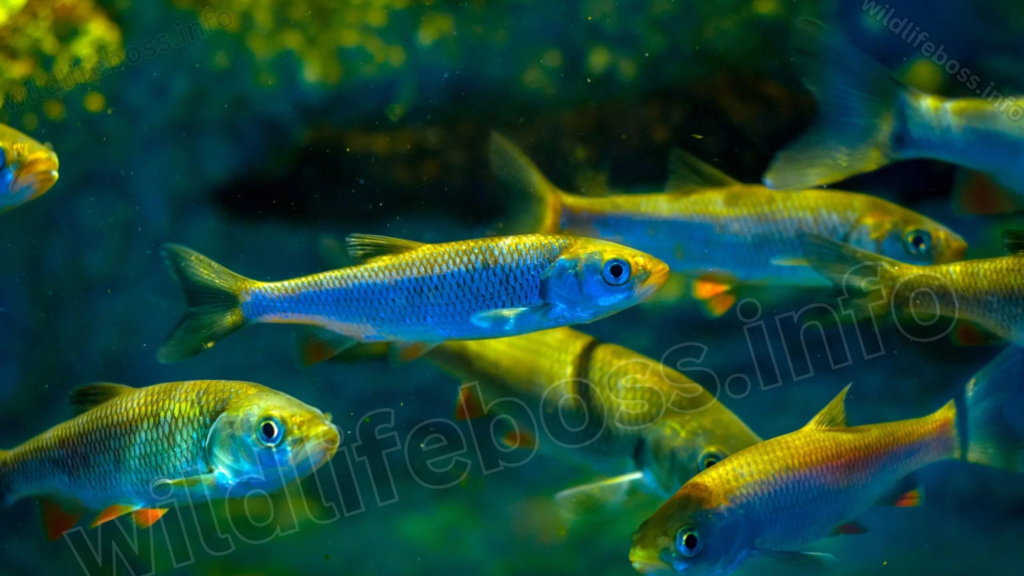
Pingback: 19 Amazing Fish Similar To Tilapia(With Photos) - Wildlifeboss.info
Pingback: 9 Amazing Fish Similar To Crayfish (With Photos) - Wildlifeboss.info